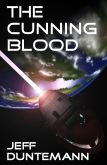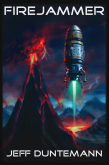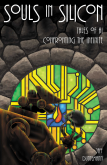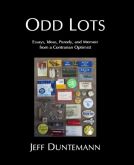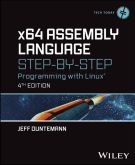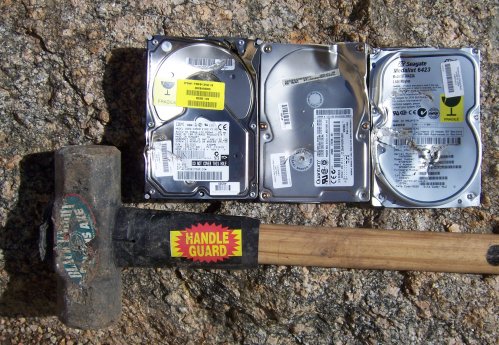
Stuff piles up. You know how it goes. Perhaps the worst of it is down in my workshop, where I’ve done nothing ambitious in almost a year. (My steampunk Geiger counter was the sole exception.) Predictably, when something comes to hand and no good place for it is found in a few seconds, it goes downstairs and ends up on my workshop floor. I still have some work to do down there to make the place habitable again, which brings me to the question of degunking hard drives.
What I’m referring to here is the pile of old hard drives on my workshop shelves. They’ve been there a long time, and they’re taking up space. I took a look at them earlier today. One of them is an 80GB drive of 2003 vintage that I took out of my old Dell Dimension before scrapping it last year, and that’s worth keeping. Most of the rest of them date back to 1998 or before. Many are not even mine. People I barely know have given me mid-90s vintage PCs, from which I generally pull the drive and SIMMs, and then take to the local computer recycler. What I haven’t done in some time is look at the capacities of the drives. That was an eye-opener: Two were 1.2 GB; another 3.5 GB, two more were 4 GB, another 6 GB. The biggest was an 18.3 GB Seagate Barracude, which may sound useful except that it uses the “wide” SCSI interface common in high-performance desktops in the late 1990s, now present on no machine in my collection.
They have to go. I used to dismantle old hard drives to pull the magnets out of them, but I already have a bin full of hard-drive magnets. I suppose I could connect each of them in turn to one of my machines, run Eraser on them a time or two, and then give them to the recycler. (After all, some of the data on those drives isn’t mine, and I no longer remember which drives are which.) Or…
…I could use One-Clunk Degunking: You place the drive in question on the driveway, and give it one good hard clunk with a five-pound sledgehammer. (I have granite boulders in abundance, which spares my concrete in case I miss.) That should do it, but as the incremental cost of clunks is small, two or three more for good measure won’t hurt. (Won’t hurt me, at least.)
I remember when hard drives (and the computers they were in) cost a great deal of money, and it’s tough not to look as those drives and think that whacking them is a terrible waste, but no other uses come to mind, and my shelves are pretty full. So out I went a few minutes ago, laid six drives on a flattish boulder, and gave each one a good hard clunk with the sledge. I was a little disappointed that they didn’t look more destroyed than they did, but trust me: No one will be reading those drives again. At this point (with plenty of shoveling still to do down there) I’m good with that.




